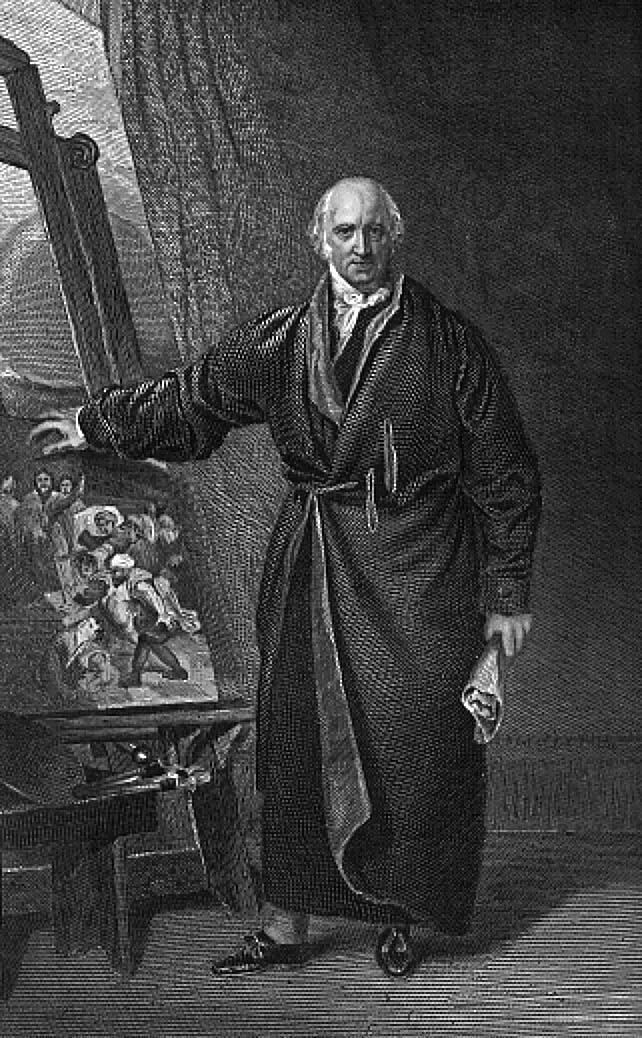 | ||
The American Academy of the Fine Arts was an art institution founded in 1802 in New York City, to encourage appreciation and teaching of the classical style. It exhibited copies of classical works and encouraged artists to emulate the classical in their work. The mayor of New York city at the time, Richard Varick, and Gulian Verplanck, a New York politician, were some of the Academy's original organizers. Younger artists grew increasingly restive under its constraint, and in 1825 left to found the National Academy of Design.
Contents
History
The Academy's original name was the New York Academy of the Fine Arts. Its founders included New York Mayor Richard Varick and Gulian Verplanck, a future influential politician in the state and nationally.
A conservative organization, the Academy was from 1817-1836 led by the painter John Trumbull as president. He had long practiced the classical ideal of art and became known as a tyrant in his attitude toward young painters. The Academy's conservatism and Trumbull's unyielding attitude eventually led to such a level of dissatisfaction among the younger painters that they formed a splinter group.
In 1825 they abandoned the American Academy to found the National Academy of Design, also in New York. The American Academy said it regretted the loss of the young artists, but affirmed its traditions. Ultimately it did not attract enough students and support, and closed in 1841. The National Academy has continued as a vital institution.
The West commission
In 1818, Trumbull, representing the American Academy, commissioned a portrait of his former teacher and mentor, the painter Benjamin West, from Sir Thomas Lawrence, widely considered to be the most accomplished English portraitist of the age. Lawrence set a price of 400 guineas for the project. According to Carrie Rebora's 20th-century account, to pay for the work, Trumbull opened a subscription fund before finally taking delivery of the painting in 1822 for the Academy. Two earlier 19th-century accounts had said that Lawrence was made a member of the Academy and painted the portrait in exchange.
